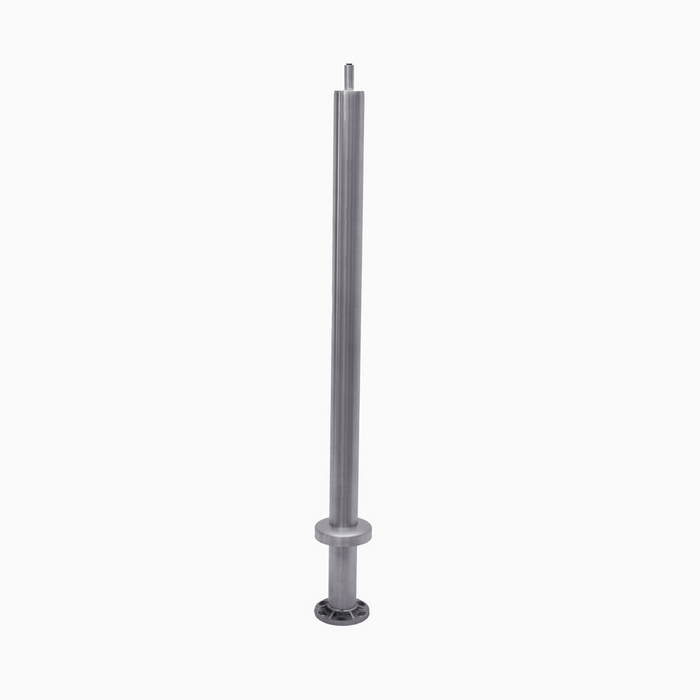
Round Post (1.6mm) - Angled or Horizontal Balustrade - Plain - Satin
per Piece (Incl. GST)
 Made to Order (2 week lead time) Made to Order (2 week lead time) |
 Ships from Brisbane Ships from Brisbane |

per Piece (Incl. GST)
 Made to Order (2 week lead time) Made to Order (2 week lead time) |
 Ships from Brisbane Ships from Brisbane |
Description
A 50mm round, angled stainless steel post in a satin finish. It has a wall thickness of 1.6mm, making it suitable as an intermediate post for wire balustrading, or end post/intermediate post for glass balustrade
Without regular cleaning and maintenance discolouration of the surface of the stainless steel by corrosion (tea staining) can occur.
How to reduce the risk of tea staining
Stainless steel cleaning schedule
The frequency of cleaning will vary depending on environmental factors i.e. proximity to the ocean, atmospheric and urban conditions. Below is intended as a guide and should be varied as required. We recommend using peek stainless steel polish for maintenance.
| Environment | Distance from Coastline | Cleaning Schedule |
|---|---|---|
| Clean inland environment | 20km + | Every 10 - 12 Months |
| Moderate urban or coastal environment | 1-5km | Every 4 - 6 Months |
| Harsh urban or coastal environment | < 500m | Every 2 - 3 Months |
| Severe coastal/ marine environment | < 500m | Every 1 - 2 Weeks |